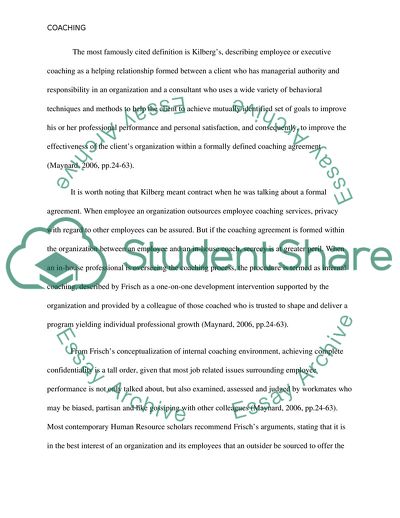Cite this document
(Human Resource Development Essay Example | Topics and Well Written Essays - 2500 words - 1, n.d.)
Human Resource Development Essay Example | Topics and Well Written Essays - 2500 words - 1. https://studentshare.org/human-resources/1823204-human-resource-development
Human Resource Development Essay Example | Topics and Well Written Essays - 2500 words - 1. https://studentshare.org/human-resources/1823204-human-resource-development
(Human Resource Development Essay Example | Topics and Well Written Essays - 2500 Words - 1)
Human Resource Development Essay Example | Topics and Well Written Essays - 2500 Words - 1. https://studentshare.org/human-resources/1823204-human-resource-development.
Human Resource Development Essay Example | Topics and Well Written Essays - 2500 Words - 1. https://studentshare.org/human-resources/1823204-human-resource-development.
“Human Resource Development Essay Example | Topics and Well Written Essays - 2500 Words - 1”. https://studentshare.org/human-resources/1823204-human-resource-development.


